The Glittery Jewels Of The Bee World
These dazzling tiny bees are major pollinators.
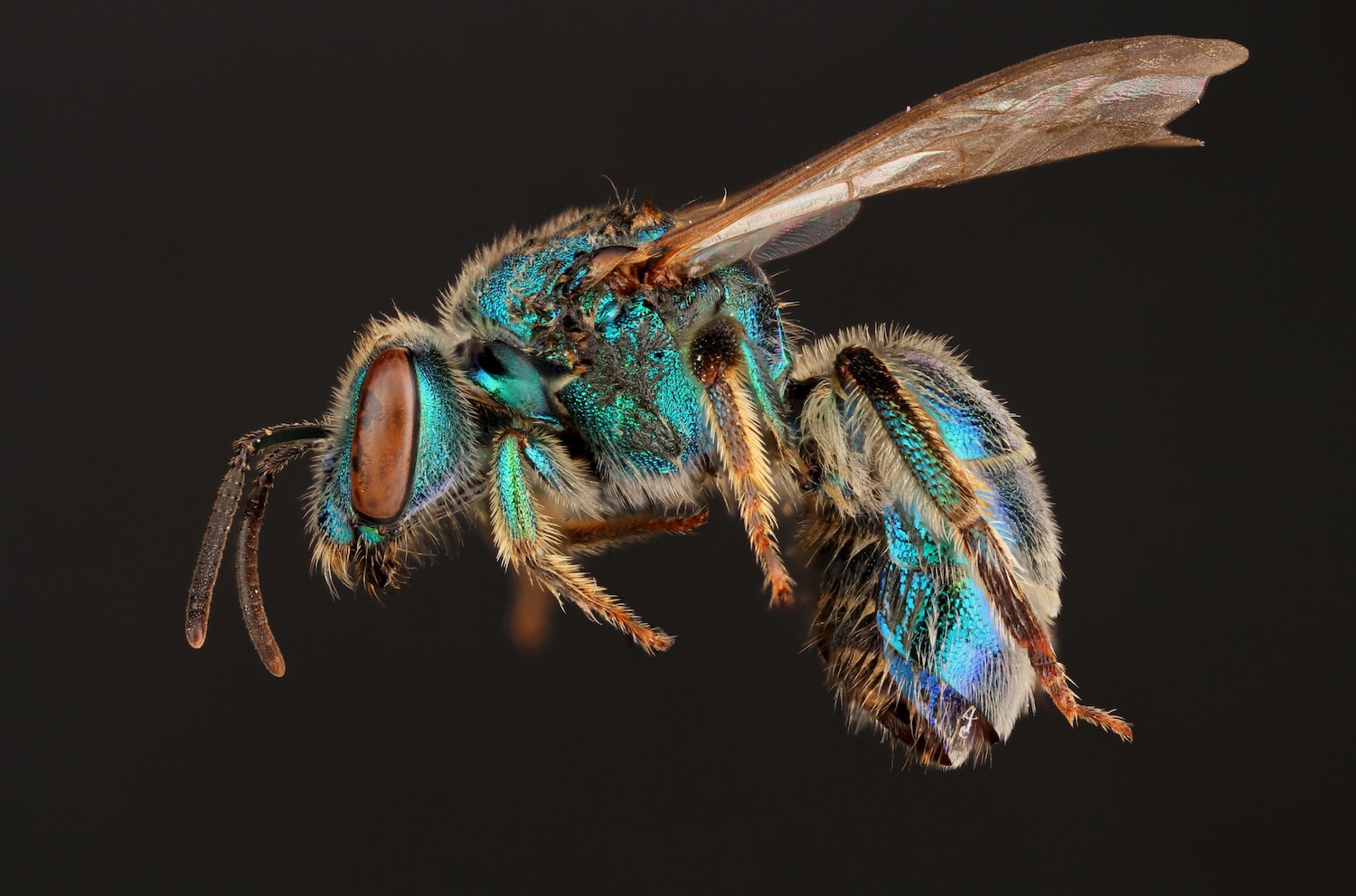
A bright metallic, blue sweat bee (Augochloropsis metallica), found in Bastrop, Texas. Credit: Public Domain via Flickr/University of Texas at Austin’s Insects Unlocked
Zipping by in a flash of shimmering blues, greens, and even purples, is a member of Halictidae, or the sweat bee. Unlike the social hive behavior of honey and bumble bees, it lives a short, solitary life—collecting pollen and nectar into a sticky ball of “bee bread” for its offspring. And in the midst of tending to your garden or jogging in the afternoon, you may find this small, iridescent bee land on your arm for a quick snack of essential salts in your sweat.
“They almost look like jewels, they just sparkle,” says Shalene Jha, a biologist and bee researcher at the University of Texas at Austin, by phone. “I always imagine that they must feel like they’re the most gorgeous creatures on the planet.”
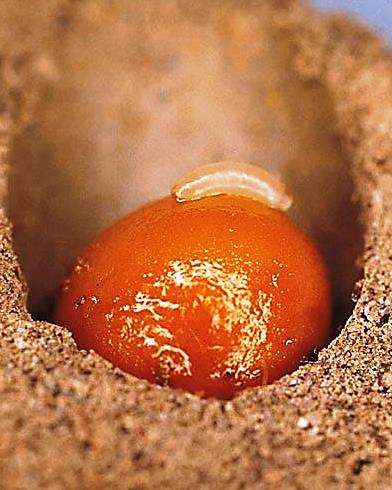
The sweat bee is just one of the many tiny bees—the size of a grain of rice or a lady bug—native to Texas that Jha and her lab studies. But these Hymenoptera gems live all around the world and are common in many environments, from temperate to tropical. In fact, there are more than 20,000 known species of wild bees on our planet, says Jha. While they may be small in size, these bees also play a crucial role in the pollination of native plants.
“Many people talk about honey bees and bumble bees,” says Jha. But tiny bees are also “very involved and very important in plant reproduction, both for our crops, our food items, as well as our native plant communities.”
For more than ten years in Panama, Jha and her research group studied a large community of small-bodied bees and their pollination of a tropical fruiting tree. In a recent Science Friday interview, the team reported that these tiny bees are flying for miles in the plant community.
“If you think about what that means, it’s almost more than a million times their body size,” says Jha. “It’s like a typical human traveling from Chicago to L.A., just based on distance relative to body size.”
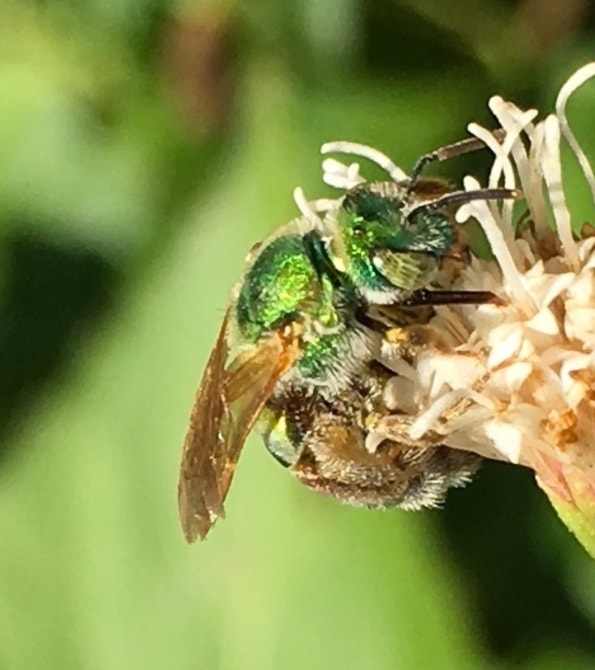
This impressive range means the bees bring genes from further away, making the plants more genetically diverse. And the more genetic variation in a population, the greater the chances the species can survive extreme events, such as disease and climate change, explains Jha.
However, there are challenges to studying the lives of these small buzzing creatures, says Jha. Their size makes it difficult to monitor movement with the naked eye, and their bodies are too small to track with radio transmitters. Currently, scientists have documented colony collapse and global declines of larger bees and other pollinators due to loss of food and nesting areas, as well as threats from parasites, pathogens, and pesticides. It’s possible that smaller bees are also susceptible, but there isn’t enough data to know if species are declining.
“If we acknowledge that these tiny bees are so important for gene flow and for maintaining that diversity in the next generation of plants, then we can be more inclusive about including them in our plans to conserve the larger pollinator community,” says Jha.
View more colorful and diverse tiny bees below.
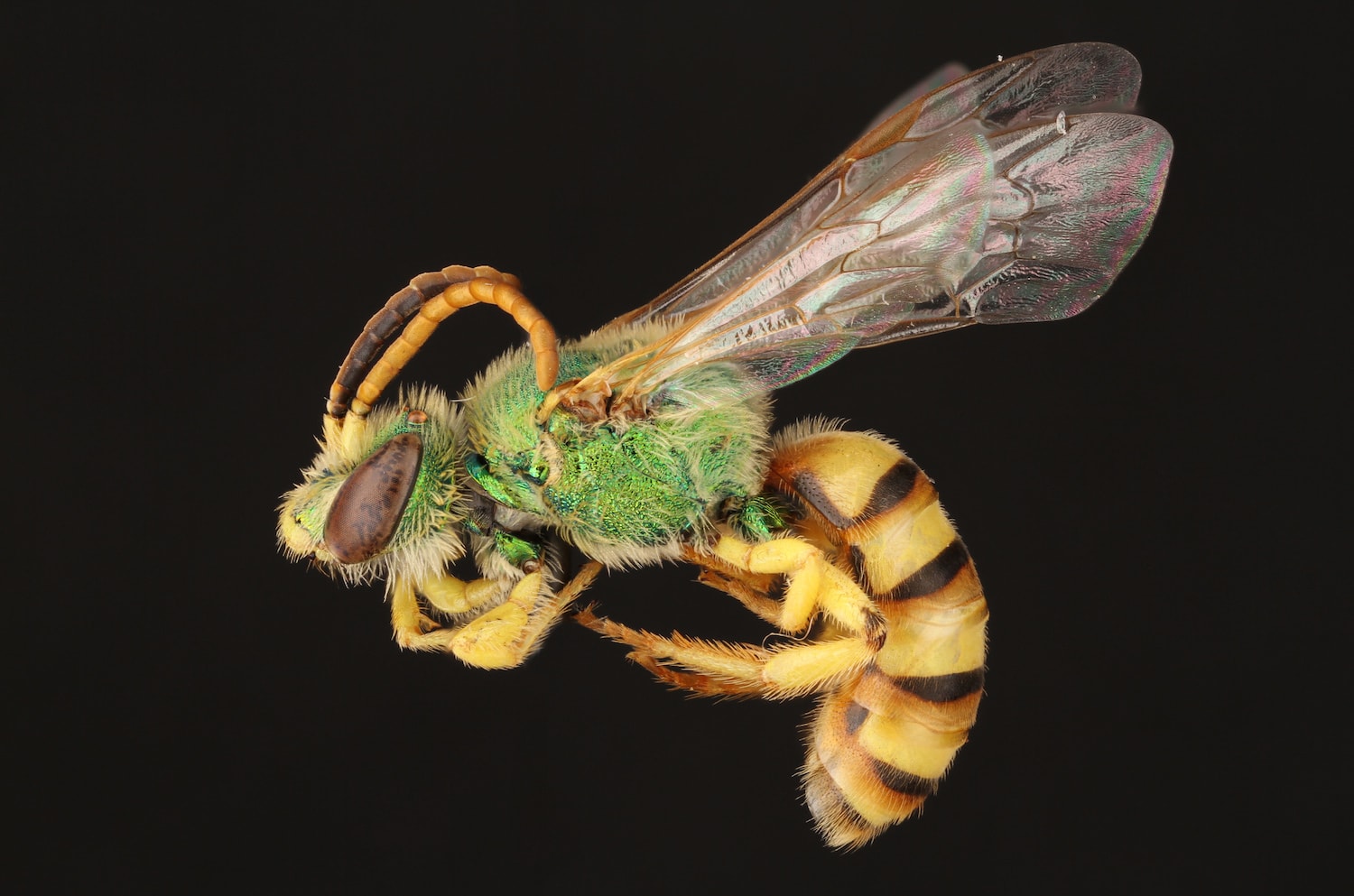
A honey-bellied, sweat bee (Agapostemon melliventris). Found in Austin, Texas. Credit: Public Domain via Flickr/University of Texas at Austin’s Insects Unlocked
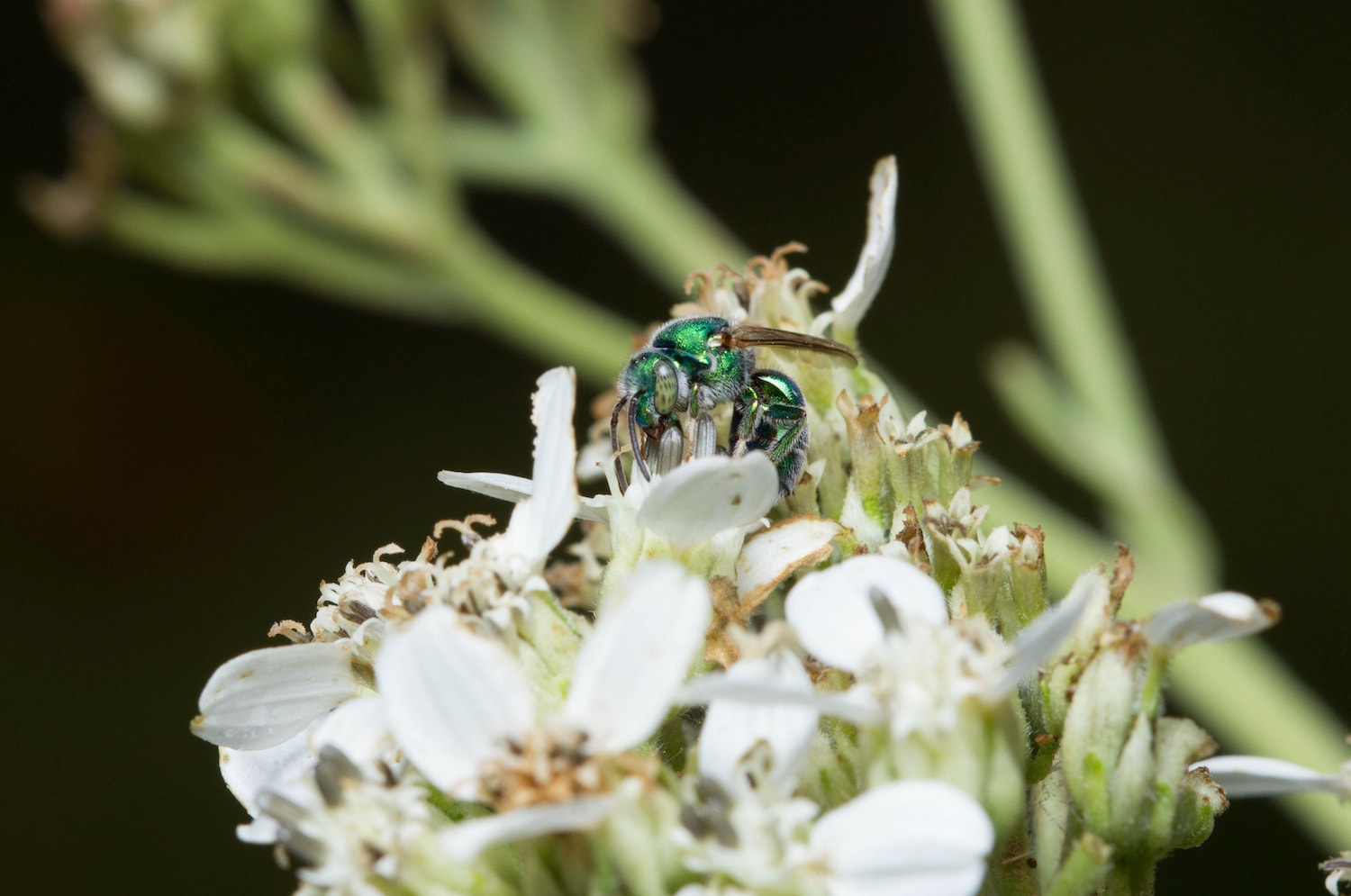
Sweat bee atop a flower. Credit: Public Domain via Flickr/University of Texas at Austin’s Insects Unlocked
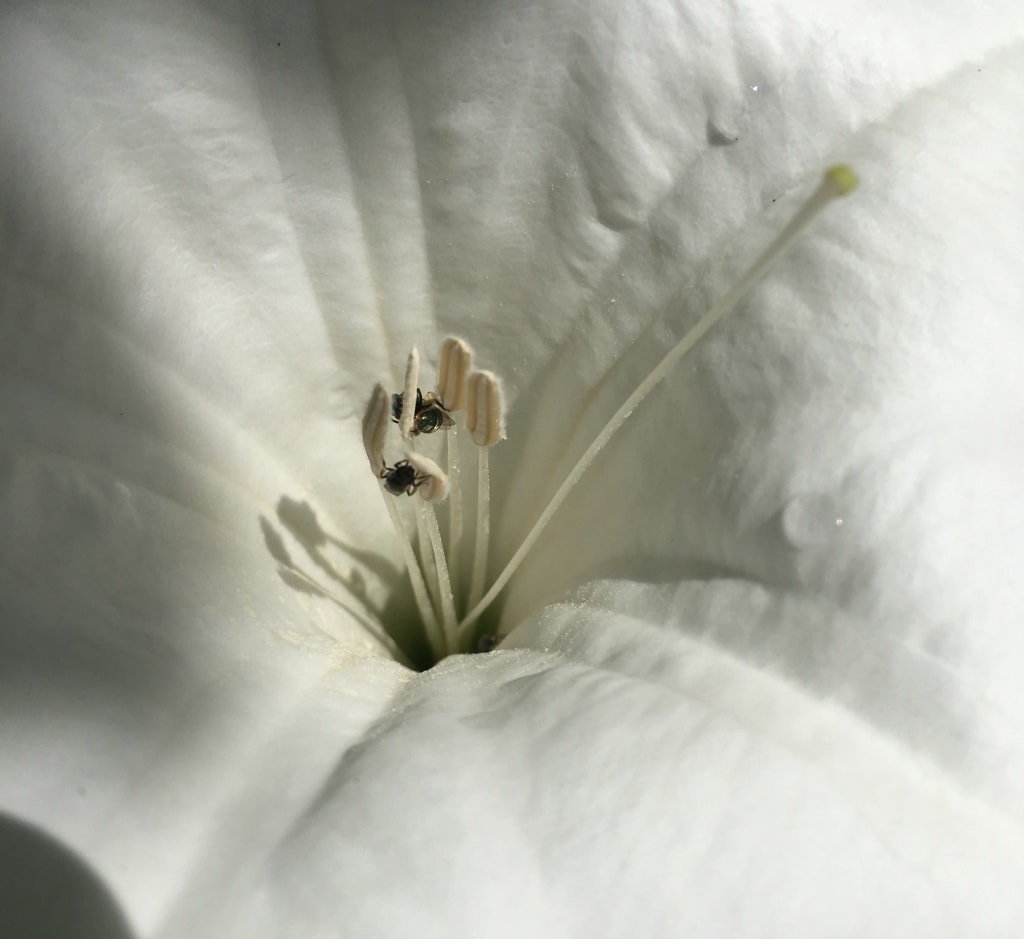
Sweat bees in a datura. Here, you can see just how small these bees are. Credit: Laurel Treviño/courtesy the Jha Lab
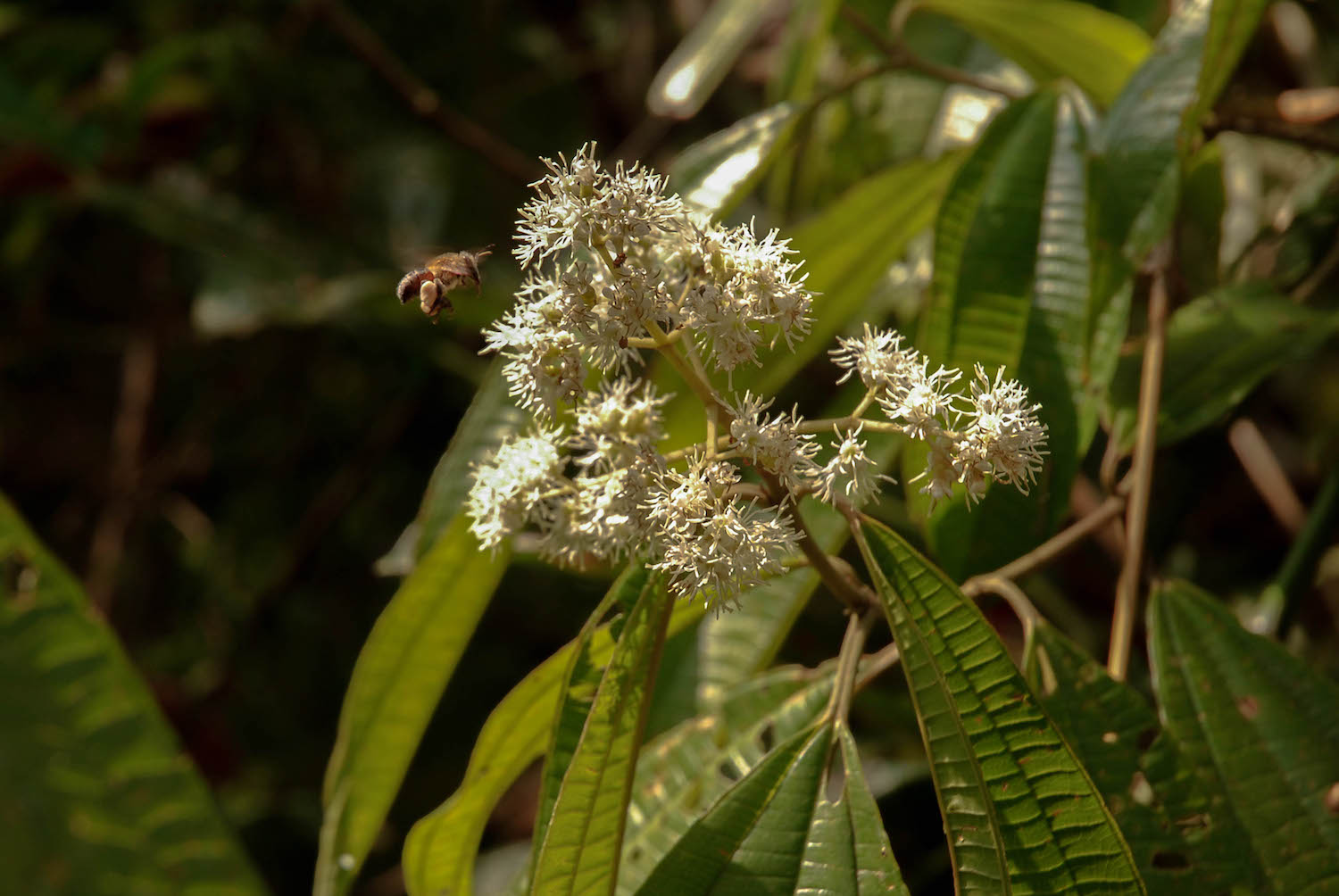
One of the pollinator bees visiting the tree, Miconia affinis, in the Panama study. Credit: Dr. Antonio Castilla
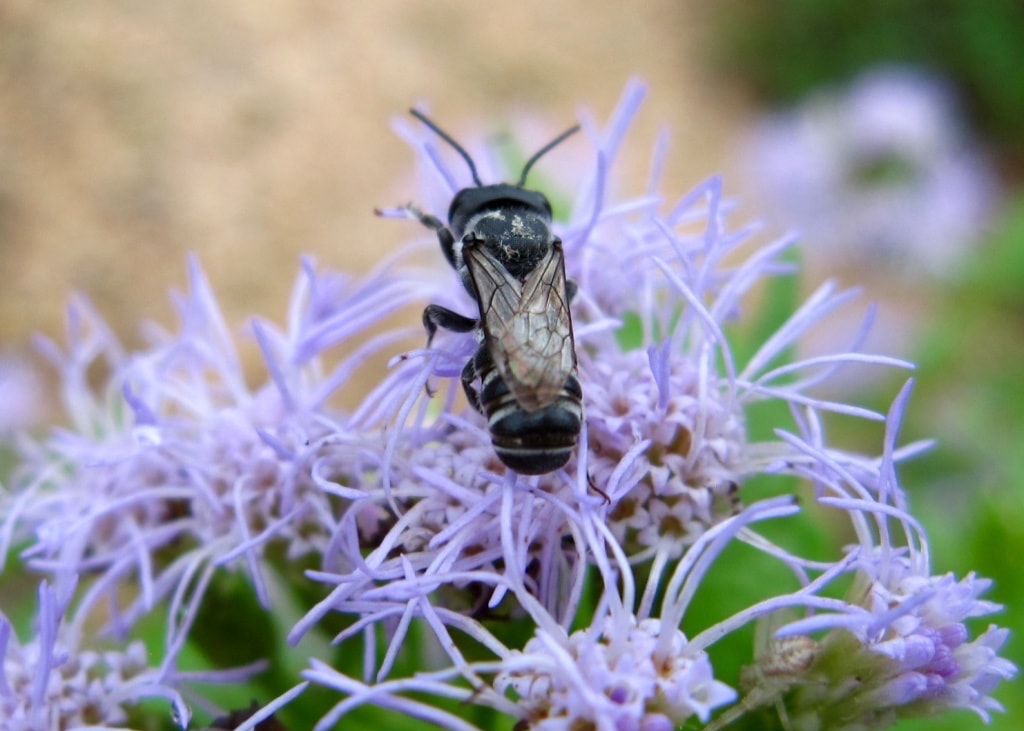
A black hairless native bee in Texas. Credit: Laurel Treviño/courtesy the Jha Lab
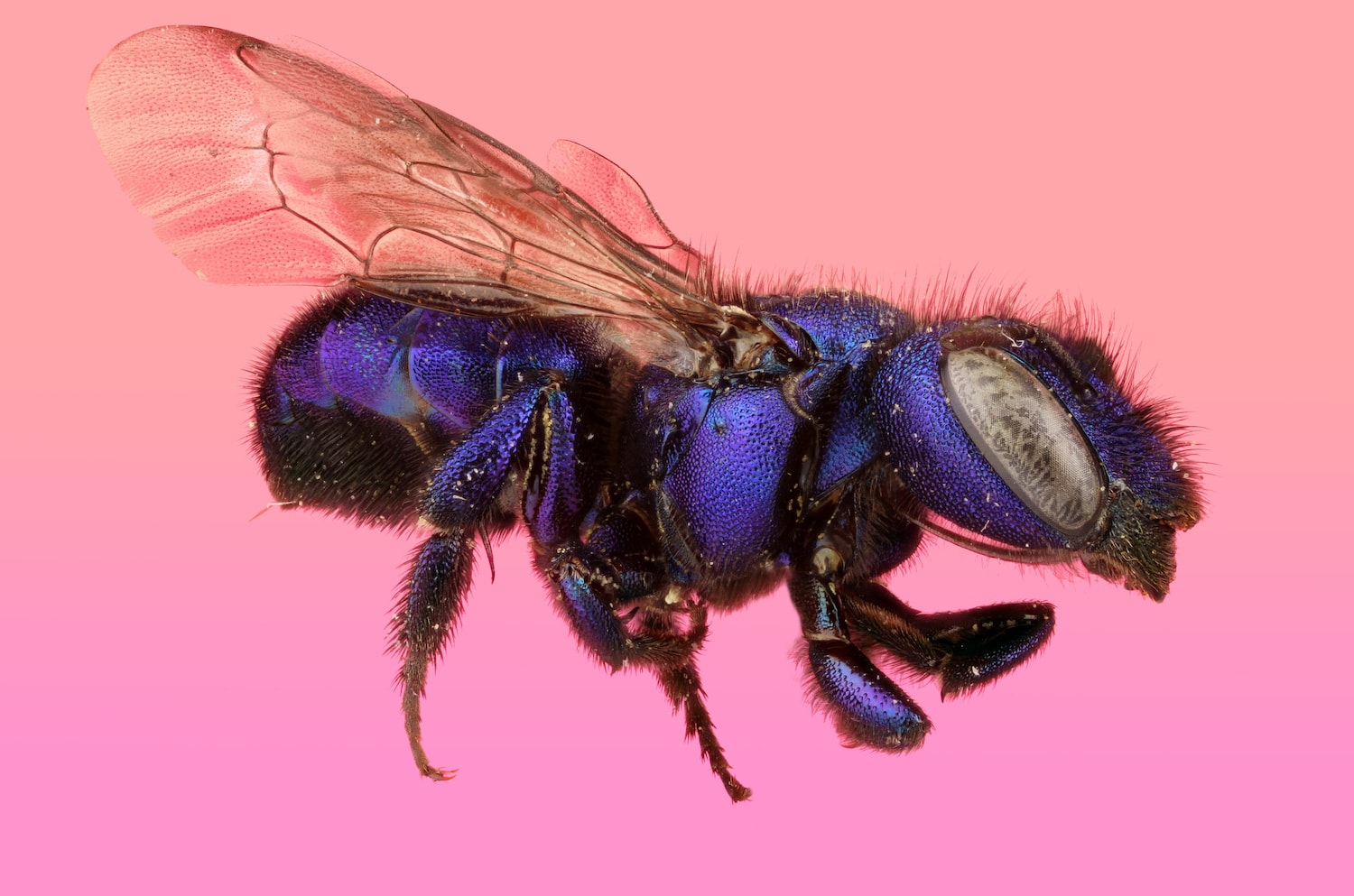
A mason, or blueberry bee (Megachilidae), found in Plumas, California. Credit: Public Domain via Flickr/University of Texas at Austin’s Insects Unlocked
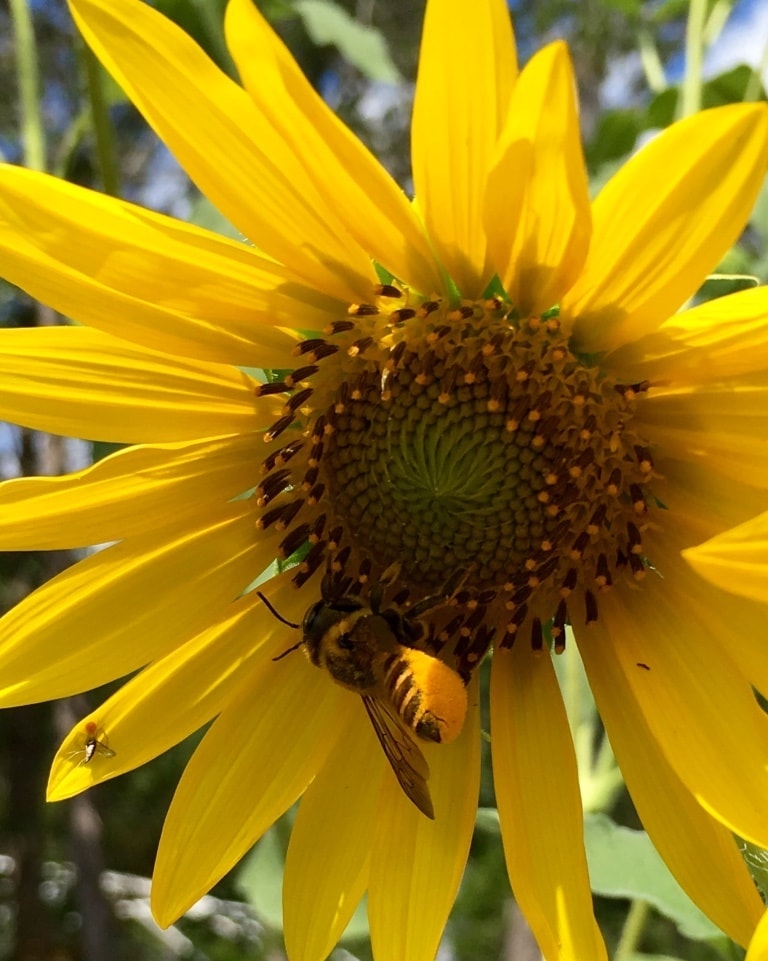
A female leafcutter bee (Megachilidae) with an abdomen covered with pollen. Credit: Laurel Treviño/courtesy the Jha Lab
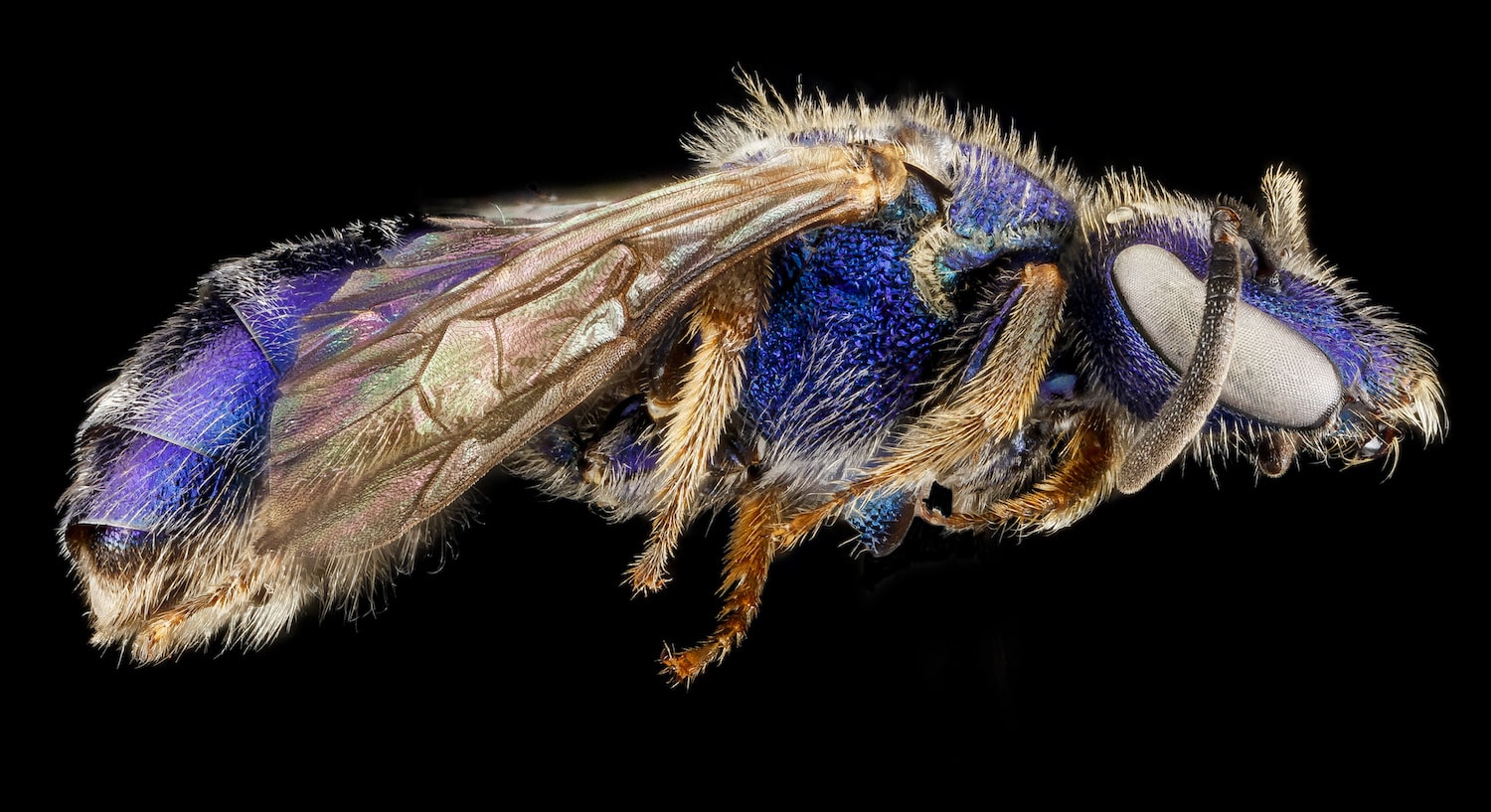
A sweat bee (Augochlorella aurata) found in Cumberland Island National Seashore, Georgia. The dark purplish, blue form of the species is often found in coastal and in the deep south. Credit: Public Domain via Flickr/USGS Bee Inventory and Monitoring Lab
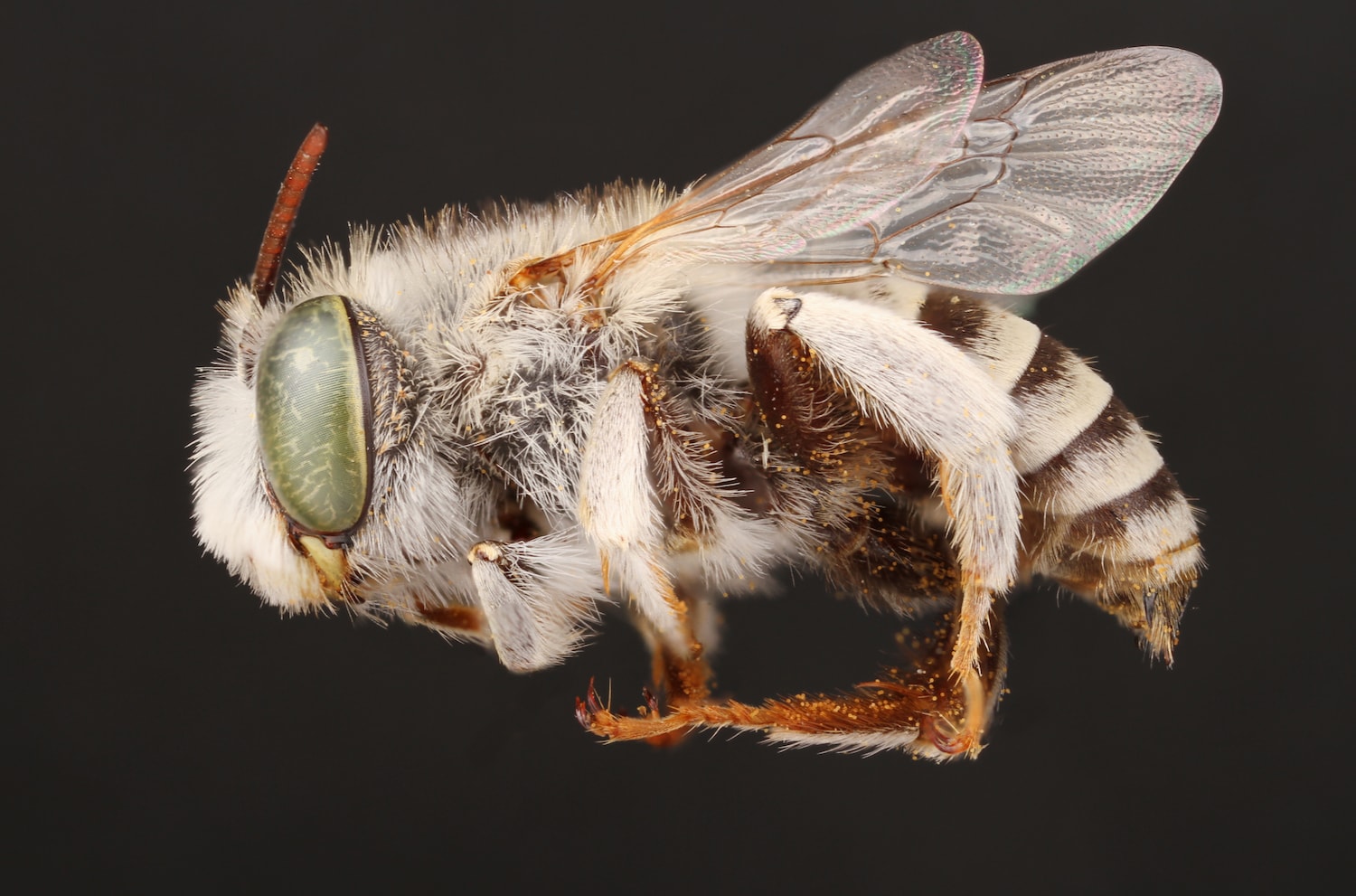
Many solitary bee species make their nests underground, like this male digger bee (Anthophora curta). Found in Dona Ana, New Mexico. Credit: Public Domain via Flickr/University of Texas at Austin’s Insects Unlocked
Lauren J. Young was Science Friday’s digital producer. When she’s not shelving books as a library assistant, she’s adding to her impressive Pez dispenser collection.